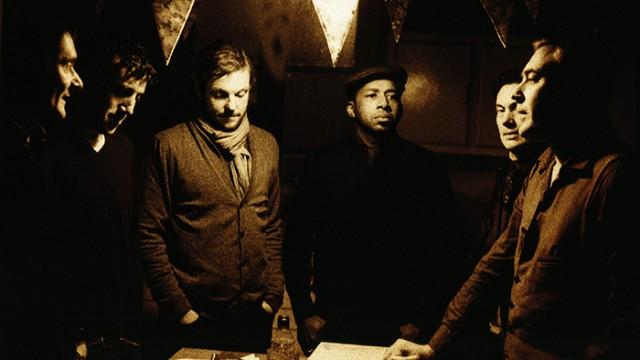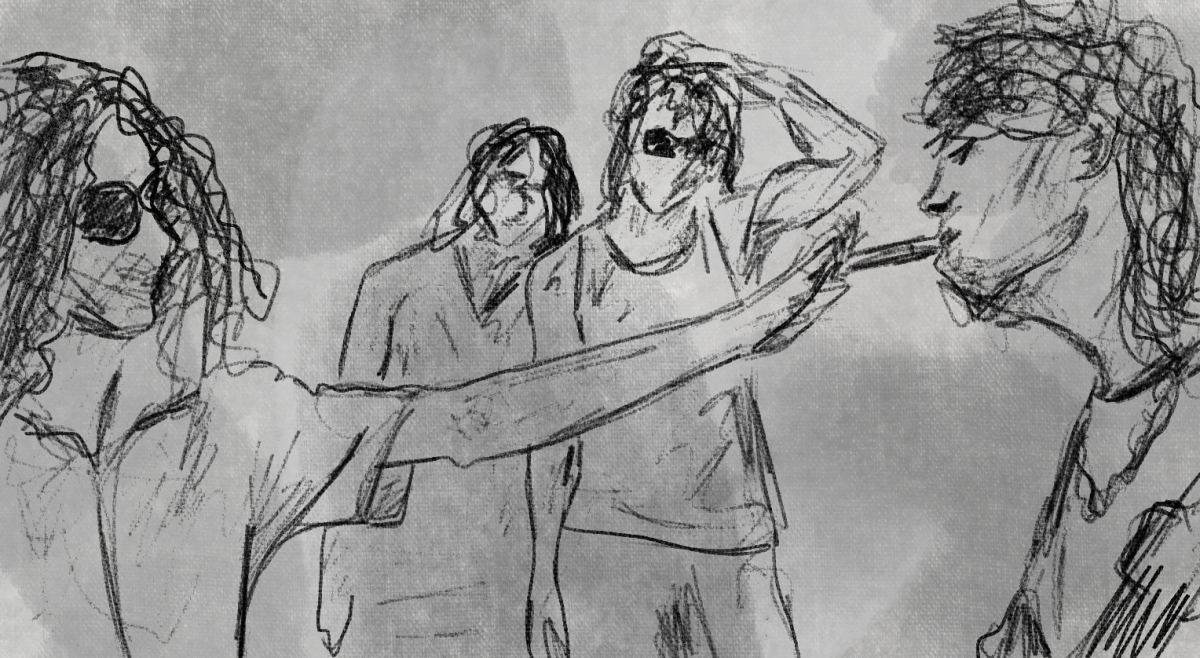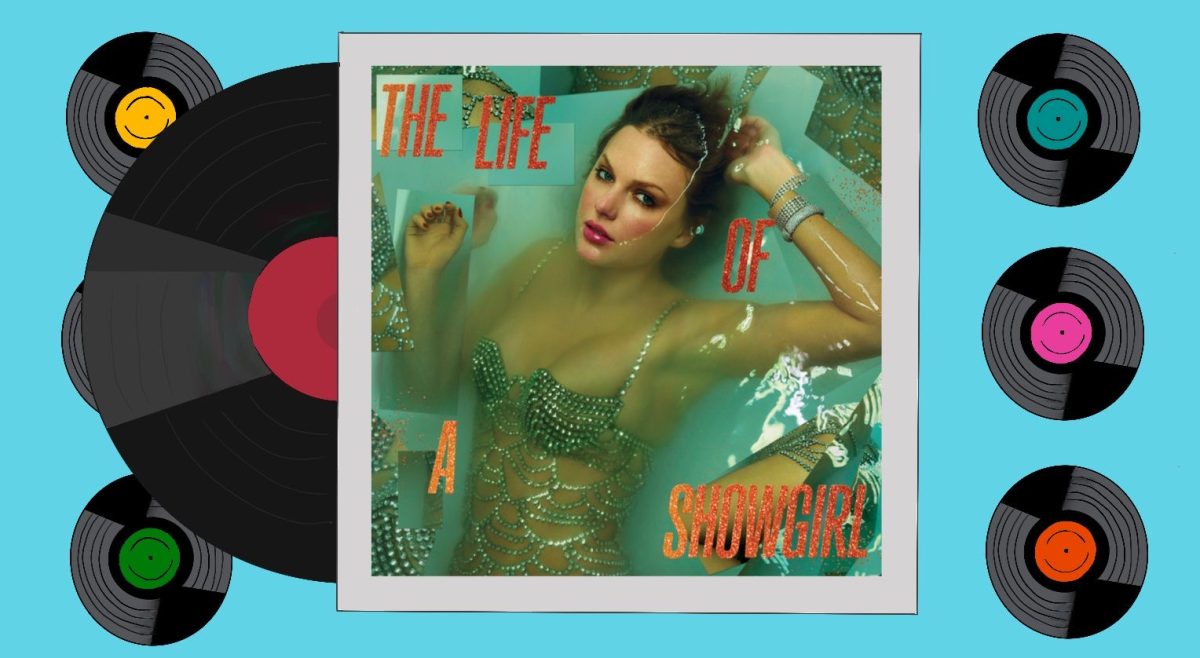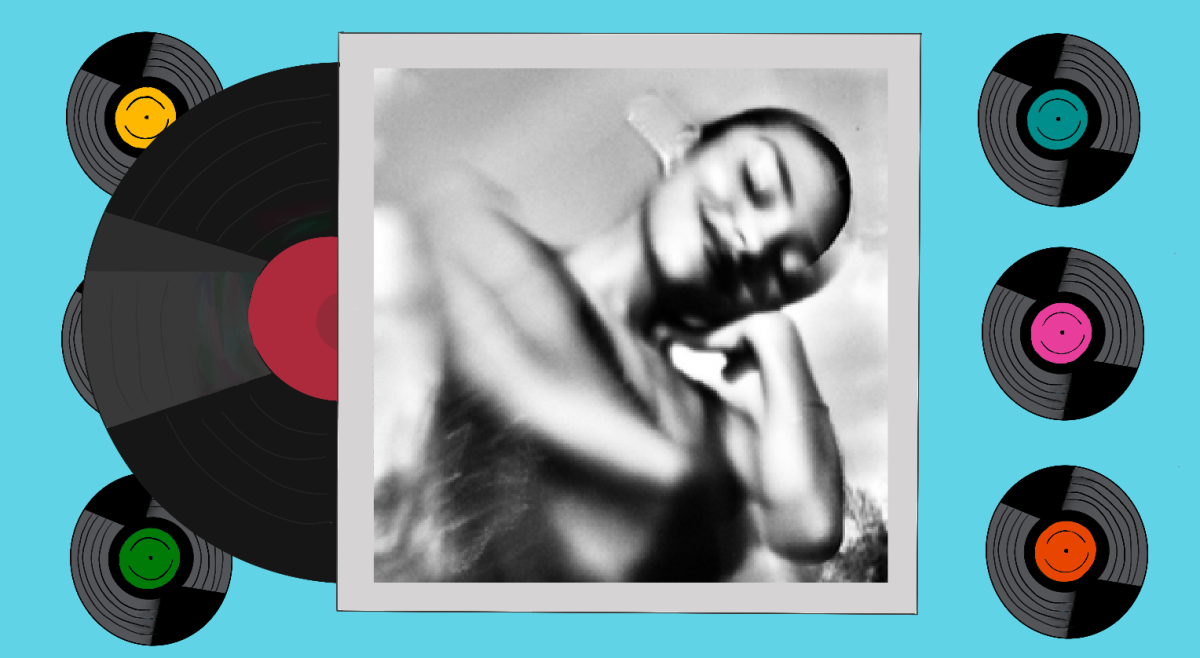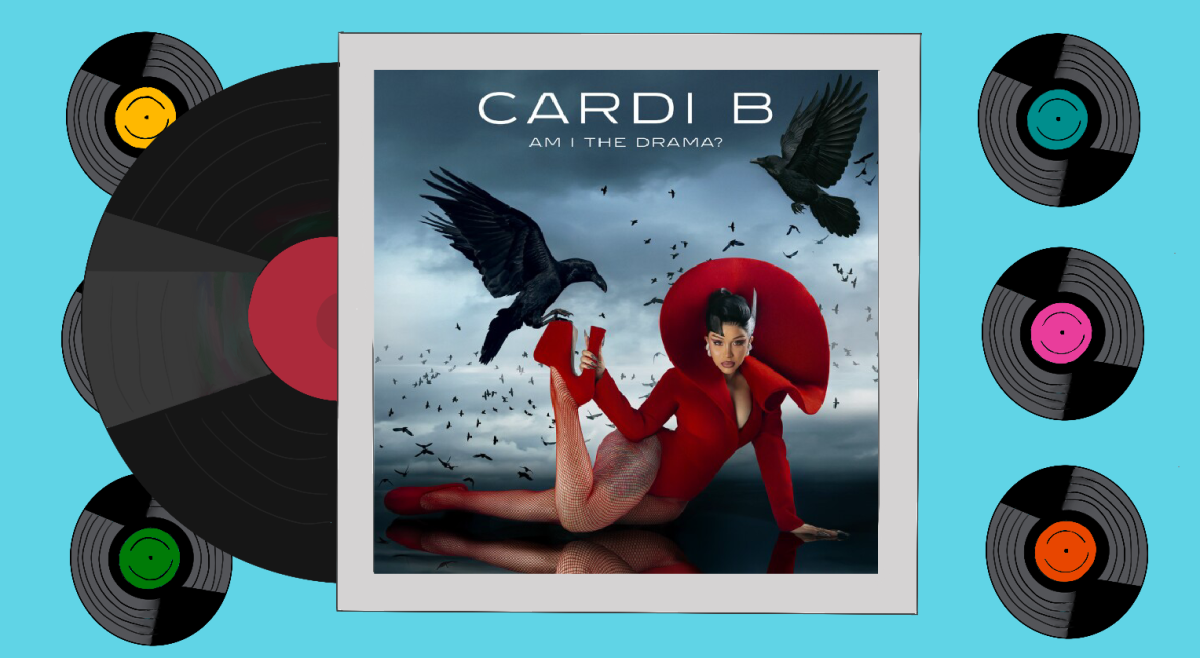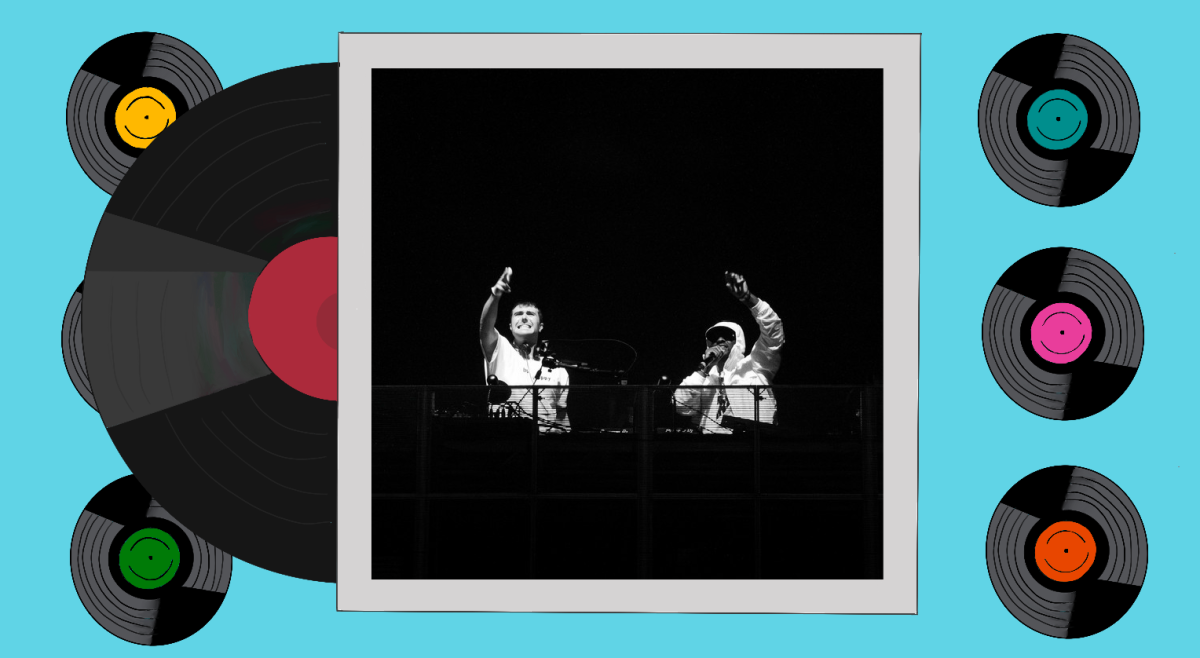![]()
One of the most fascinating traits of the music industry—or any industry responsible for an art form—is that excellence can come from even the most unknown places. It is refreshing to find a new artist that is not only extremely talented, but unique in his or her style as well. Tindersticks’ latest album, The Waiting Room, though undeniably flawed in certain areas, represents the effort and originality required to produce an above-average concept album.
The Waiting Room is an interesting mesh of several genres, featuring everything from a very mellow style of alternative rock, to a tempo-heavy, spoken-word-style track. The album opens with “Follow Me,” an instrumental track that sets the tone for the rest of the work. From the very beginning, the flaws in Tindersticks’ album become apparent. It takes far too long for The Waiting Room to distinguish each individual track as unique—the first four songs have a tendency to blend together, without any real defining features to make them individually special.
Thankfully, this issue dissipates with “Hey Lucinda,” the fifth track on the album. Without question, it is the best track on The Waiting Room, masterfully blending the voices of Tindersticks’ lead singers in a sorrowful, heartfelt lamentation of love. Stuart Staples’s smooth tone is incredibly relaxing, as he sings about an odd mixture of themes. It is here that Tindersticks’ songwriting style truly stands out. Though it takes an extra level of effort to process the witticisms of The Waiting Room, it only serves to deepen the enjoyment of the music.
The back half of The Waiting Room only progresses more and more beautifully from there on out. In a way, it thematically reflects the first half of the album in its progression of ideas. “This Fear of Emptiness” mirrors “Follow Me” as an instrumental track and leads into a spoken-word piece, “How He Entered.” Transitioning from vocals to instrumentals, to poetry, and back again is a risky artistic decision, but it works surprisingly well for Tindersticks. Most mainstream bands would likely be unable to successfully craft this strategy, but the relaxing echoes of Staples’s voice make it feel remarkably natural.
In fact, smooth progression seems to be the goal of The Waiting Room. Any life and happiness that exists at the beginning of the work seems to completely drain from Staples’s tone by the time that the last song plays. “Planting Holes” is an example of instrumental music done well—the piano becomes softer and slower, leading the audience into a pit of unexplainable sadness. Make no mistake, The Waiting Room ends beautifully, but it does not end happily.
By the time that “Like Only Lovers Can” rounds out the album, listeners will likely feel a complex wave of emotions: a type of sadness, mixed with contentment in the beauty of the music. Fans of Earth, Wind & Fire will appreciate the musical style, but the tone of the work is considerably more melancholy than anything Earth, Wind & Fire has released. The Waiting Room falls into a strange category of undefinability, simply because the style is such a mish-mash of parts pulled together to create something rather beautiful.
Tindersticks’ eleventh studio album is not for everyone. The band comes from a position of musical obscurity, which, though unfortunate, makes sense. The style is not something that appeals to wide audiences or casual listeners, meaning that Tindersticks is not likely to ever rise to a wide level of popularity. Despite this, The Waiting Room as a whole is a very enjoyable experience—one that would serve other musicians well to model themselves after.
Featured Image by Lucky Dog Records

